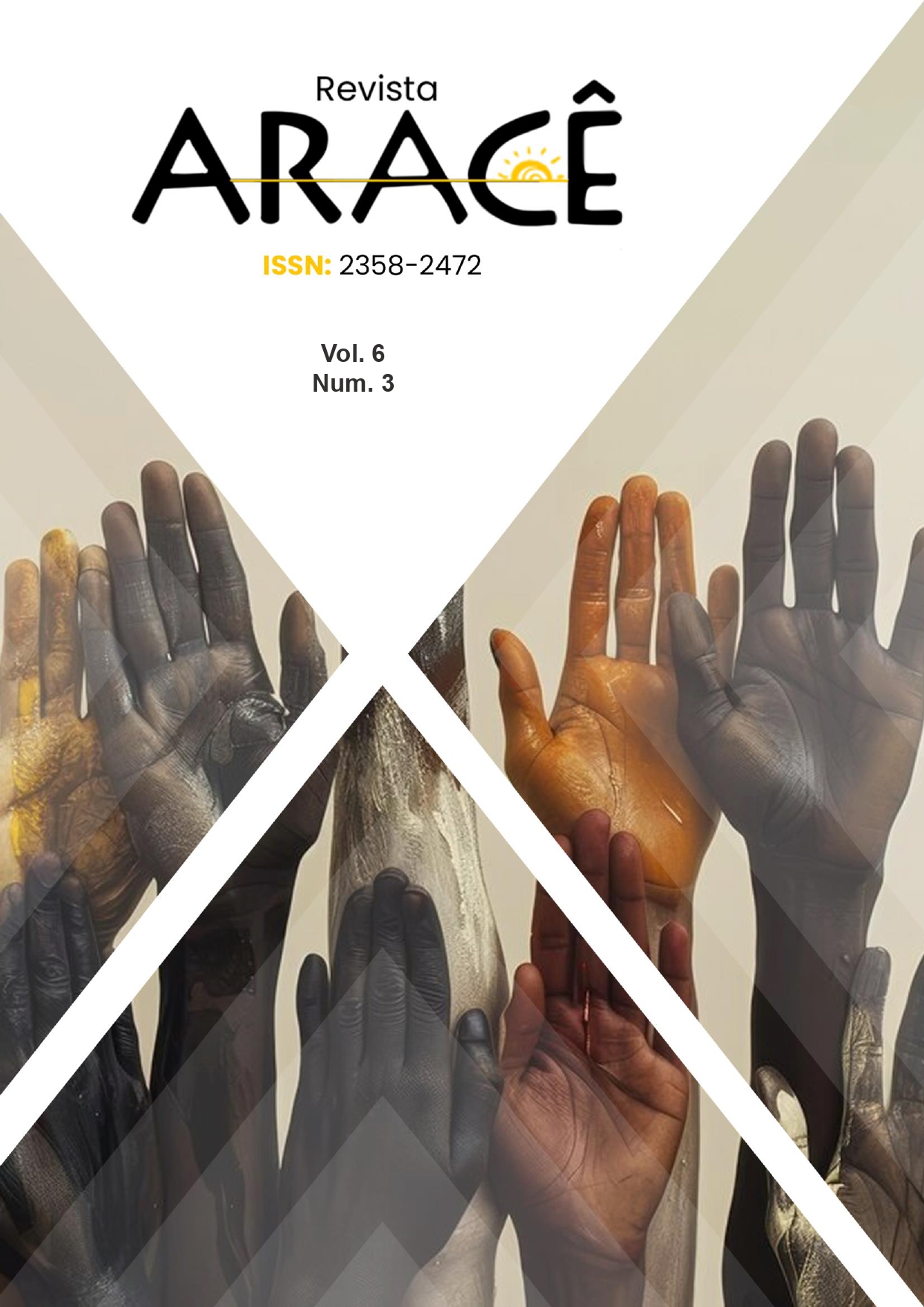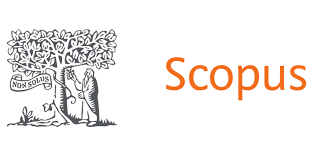STUDY OF THE PREVALENCE OF PENILE CANCER IN THE STATE OF CEARÁ
DOI:
https://doi.org/10.56238/arev6n3-125Keywords:
Penile Cancer, Public Health, Male NeoplasmAbstract
Penile cancer is a neoplasm that affects a male portion of the population, but it has an aggressive character, due to the severe consequences, when it is related to a surgical treatment that causes psychosocial problems, by interfering in the social life of the individual in the face of his socialization. The origin of penile cancer can be considered multifactorial, since it has triggering factors that increase the probability of the appearance of neoplasia, including poor hygiene, the presence of phimosis in adult life, association with the Human Papillomavirus (HPV) and smoking. Treatable in early stages, the loss of the organ is inevitable in more advanced cases. When bringing the aforementioned study to Brazil, the most affected regions are the North and Northeast, which can be linked to factors such as lack of schooling, social inequality and poverty, which can be evidenced by the most recent IBGE Demographic Census. Depending on this, the importance of self-care through good hygiene and routine medical follow-up is noted. This study aimed to determine the proportion of individuals who are affected by penile cancer at the Cancer Institute of Ceará (ICC), during the years 2017 to 2022 and sought to draw a parallel with the national case rate. Finally, it is noted the need for health strategies in order to promote educational campaigns for the social body in the face of penile cancer.






